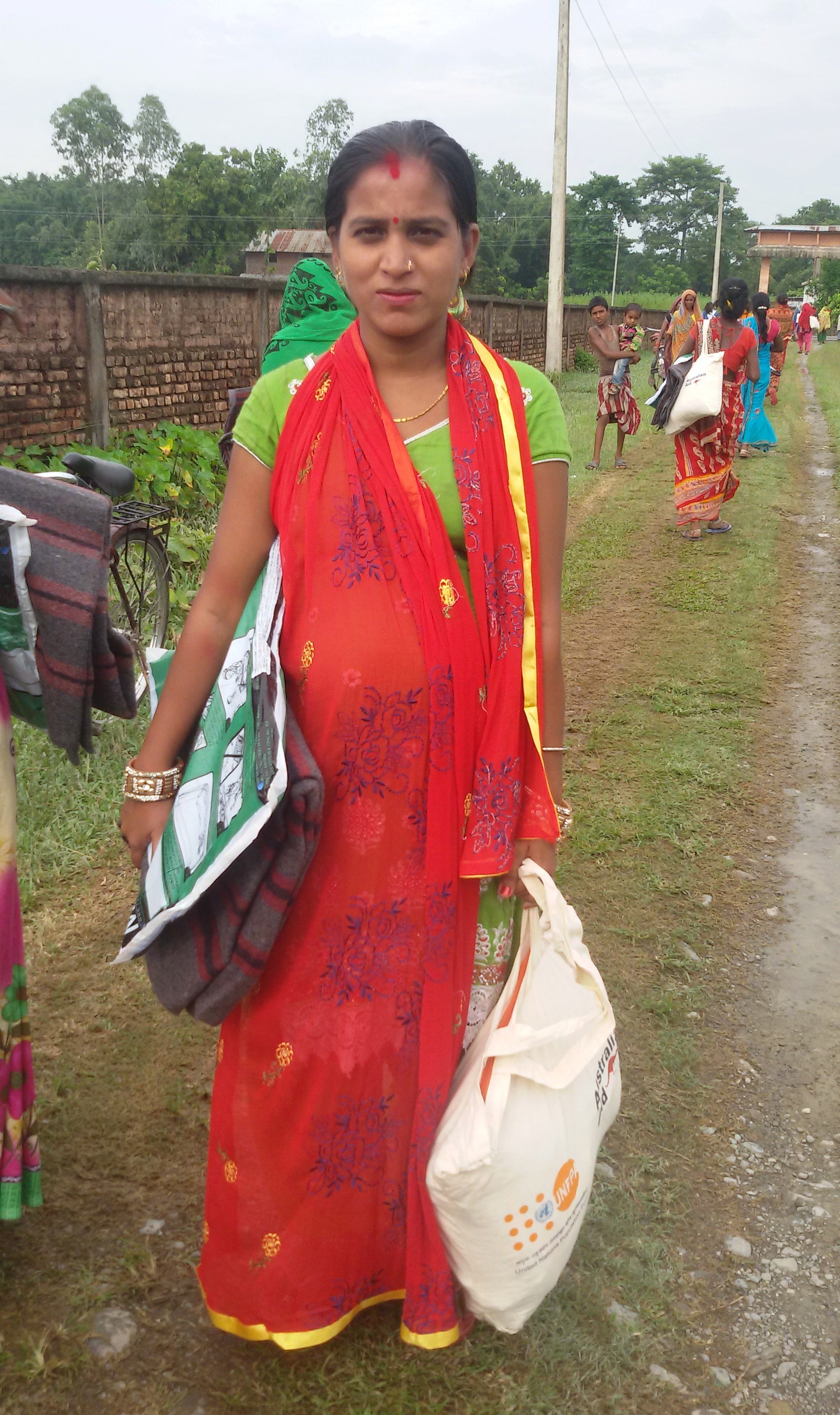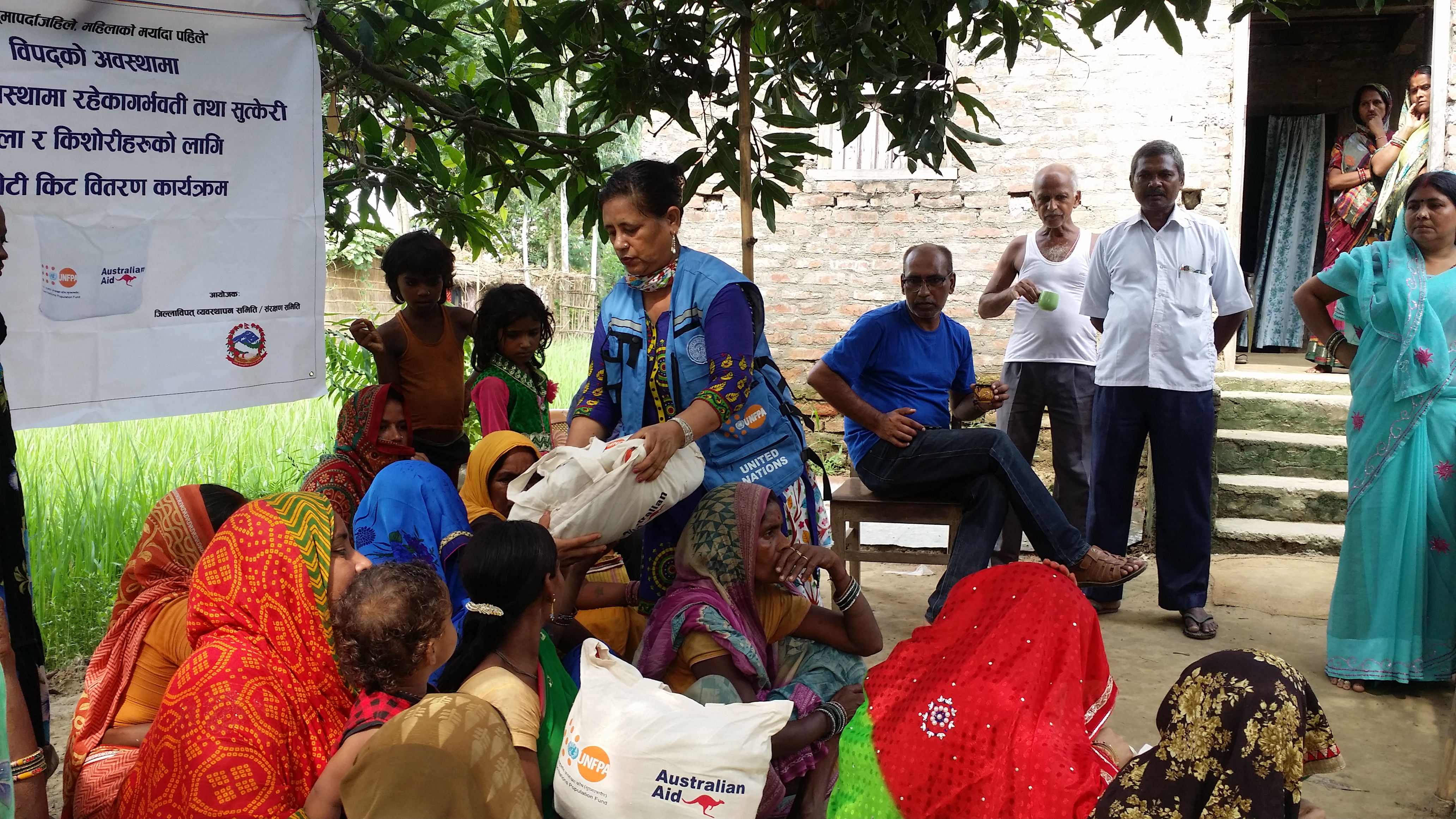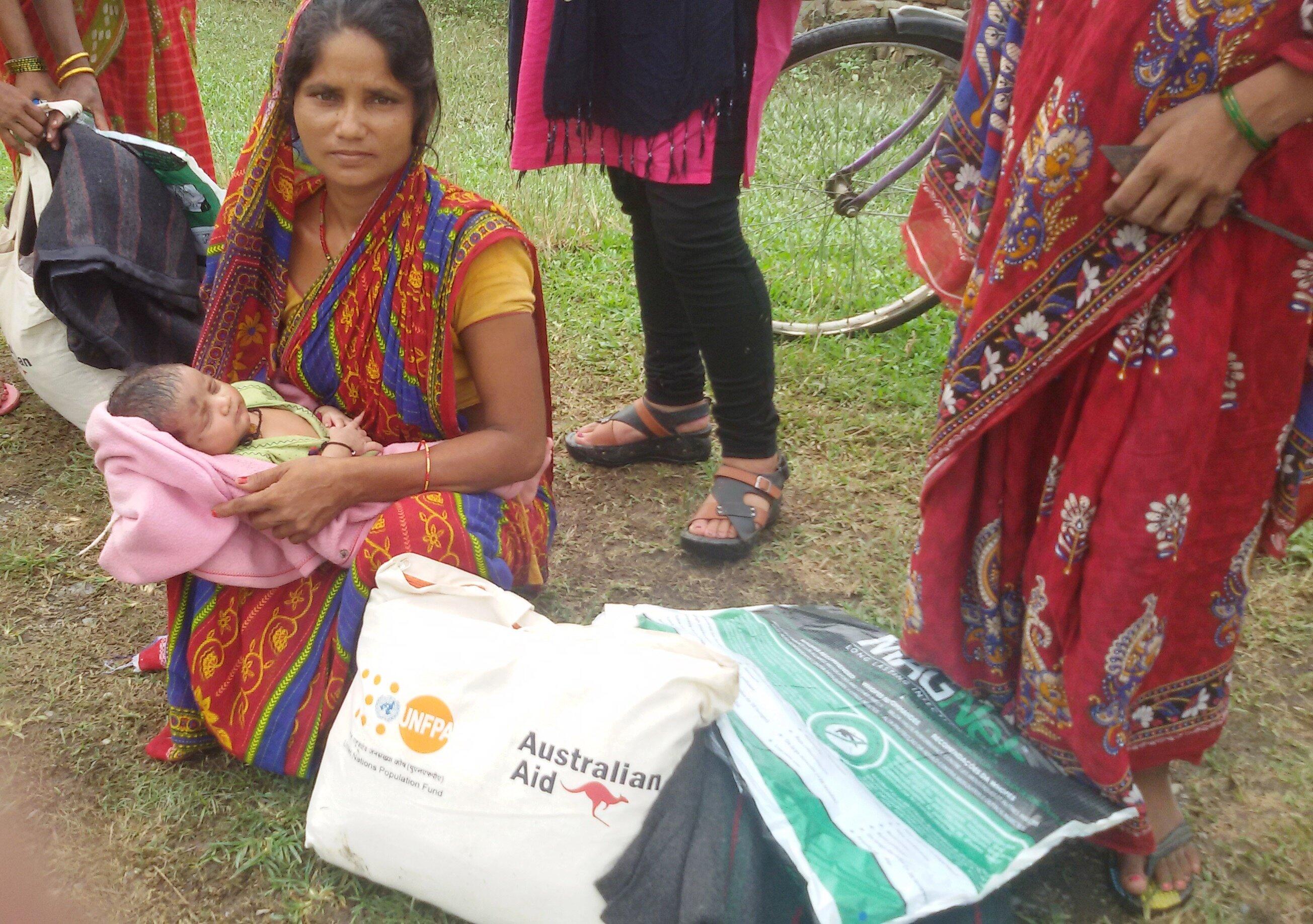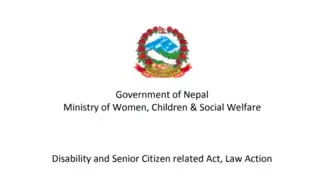Devastating floods have caused widespread displacement and destruction in southern Nepal, a disaster that has put pregnant women, post-partum mothers and other vulnerable women and girls at serious risk.
Babita Rishidev spent hours wading through murky floodwaters with her 38-day-old baby before reaching a temporary shelter in Sunsari District. “My family lost everything we had,” said Ms. Rishidev.

Shanti Devi, who is eight months pregnant, also waded for hours through the floods to find refuge. And Asmina Khatun, who is also eight months pregnant, said she ventured into a furious rainstorm to find shelter.
They are three of an estimated 425,000 women of reproductive age – including 33,000 pregnant women – who require access to reproductive health services, including safe delivery care and antenatal and post-natal care.
Yet in disasters, the health, safety and hygiene needs of women and girls are too often overlooked as authorities rush to provide food and shelter to survivors.
UNFPA is working with the government’s Women’s and Children’s Offices, district public health offices and partners to make sure this doesn’t happen.
Washed away
Areas bordering India were particularly hard-hit, as monsoon rains caused mighty rivers and their tributaries to burst their banks.
An assessment of 28 districts has shown that approximately 1.7 million people are affected by the disaster. Some 46,000 people have been displaced by the disaster, including an estimated 19,000 who are living in informal displacement sites such as schools. Nearly 65,000 houses have been destroyed, and some 40 communities remain inaccessible to humanitarian assistance.
“I was worried about the baby in my womb,” said Ms. Devi, who is expecting her first child. She lost her thatched mud-and-straw house and most of her belongings. She is now living in the same displacement settlement as Ms. Rishidev.
The camp provided both women with food and water, but they had no spare clothes.
"I couldn’t change my clothes for five days,” said Ms. Rishidev, 27, who is still recovering from pregnancy and caring for her newborn and older child.
Meeting needs
UNFPA and local partners are working to meet the reproductive health and safety needs of pregnant women, breastfeeding mothers, women with disabilities and others vulnerable women and girls in 11 hard-hit districts: Banke, Bardiya, Dang, Dhanusha, Kailali, Mohattari, Rautahat, Sarlahi, Saptari, Sunsari and Udayapur.
For example, UNFPA and partners had prepositioned dignity kits – containing hygiene supplies, extra clothes, sanitary napkins, flashlights and whistles – for distribution in the immediate aftermath of the disaster.
“We could immediately take these supplies to pregnant and new mothers,” said Sushila Karki, a government officer with the Women’s and Children’s Office.
“The problems these women faced during the floods mirrors that of many other women's and girls’ woes in emergencies – the need for protecting their dignity,” she added.
“These items made my day,” said Ms. Rishidev, after receiving a dignity kit. Ms. Devi and Ms. Khatun also received the kits.

Thousands reached
As of 24 August, around 2,700 dignity kits were delivered to 11 hard-hit districts by UNFPA and the Women’s and Children’s Offices. Among them, 1,200 were funded through the Government of Australia.
UNFPA and government partners are also conducting reproductive health camps in affected districts. These camps provide a full suite of reproductive health services, including antenatal check-ups. One health camp held in Sunsari, on 28 August, reached more than 200 people on its first day.
And UNFPA, together with government agencies and humanitarian partners, is disseminating radio messages related to protection issues, including how people can find protection from – and services to respond to – sexual and gender-based violence.
(Santosh & Hari)



